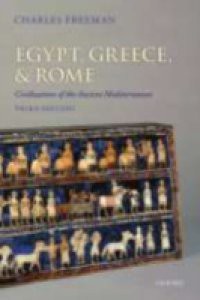The oldest European novels were written in ancient Greek during the first few centuries of the Common Era. Despite the gold rush towards these novels in the last two decades and the resurgence of interest in representations of character in literary studies, and Classical studies in particular, no volume has yet been devoted to exploring character and characterization in the ancient Greek novels. This study analyses the characterization of the protagonists in the five extant, so-called ideal Greek novels (those of Chariton, Xenophon of Ephesus, Achilles Tatius, Longus, and Heliodorus). De Temmerman offers close readings of techniques of characterization used in each novel and combines modern--mainly, but not exclusively, structuralist--narratology and ancient rhetoric. He argues that three conceptual couples central to ancient theory of character, typification/individuation,idealistic/realistic characterization, and static/dynamic character, construct character in these narratives more ambiguously, more elusively, and in more complex ways than has so far been realized. Throughout the different chapters, it also becomes clear how intimately presentations of character areintertwined with self-portrayal and performance of the self.


















